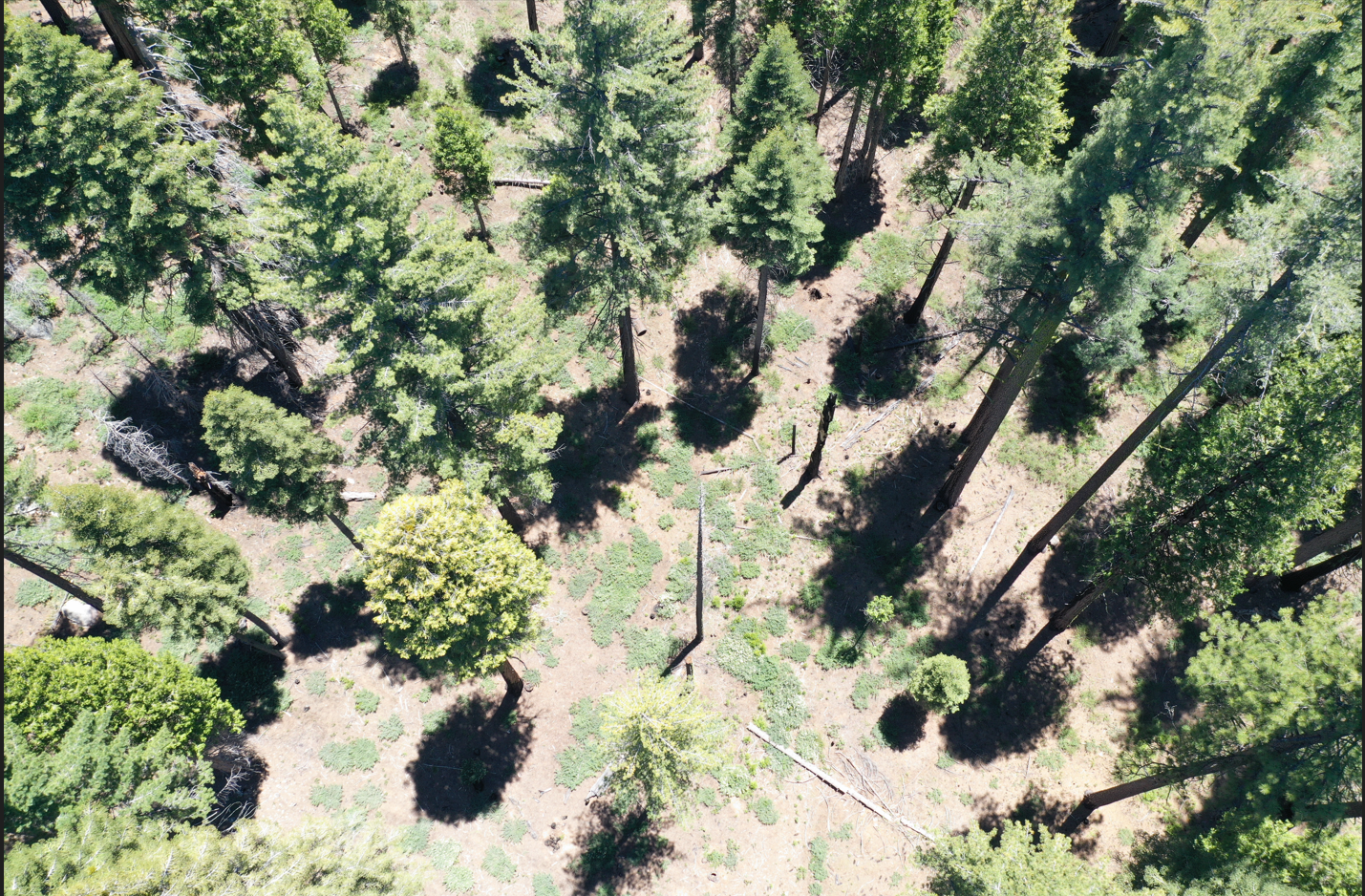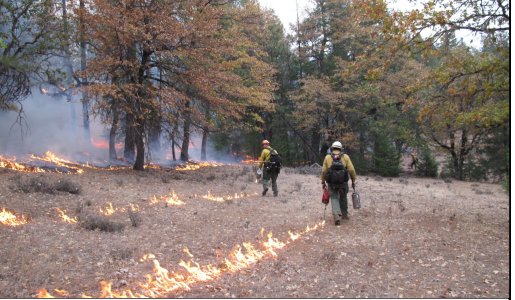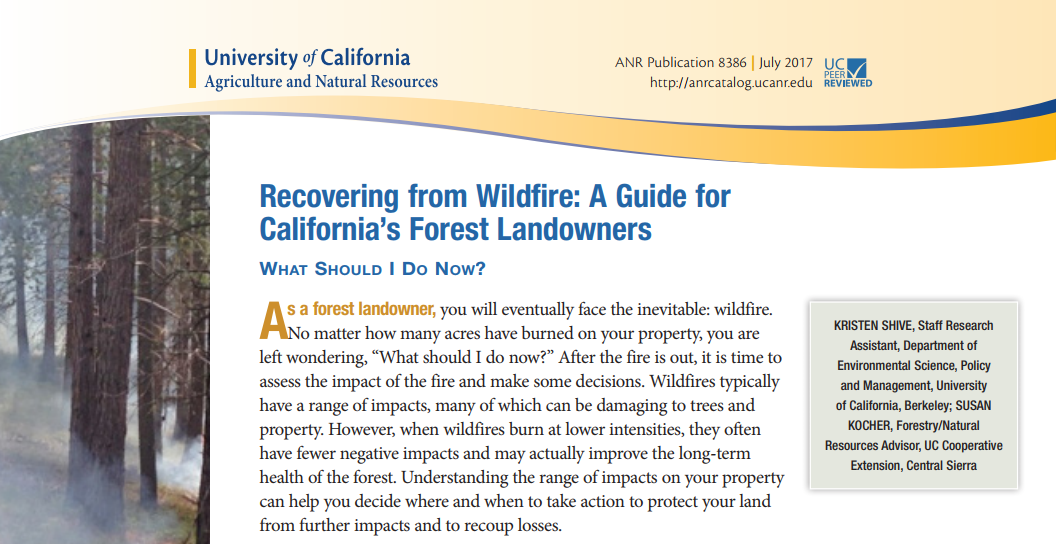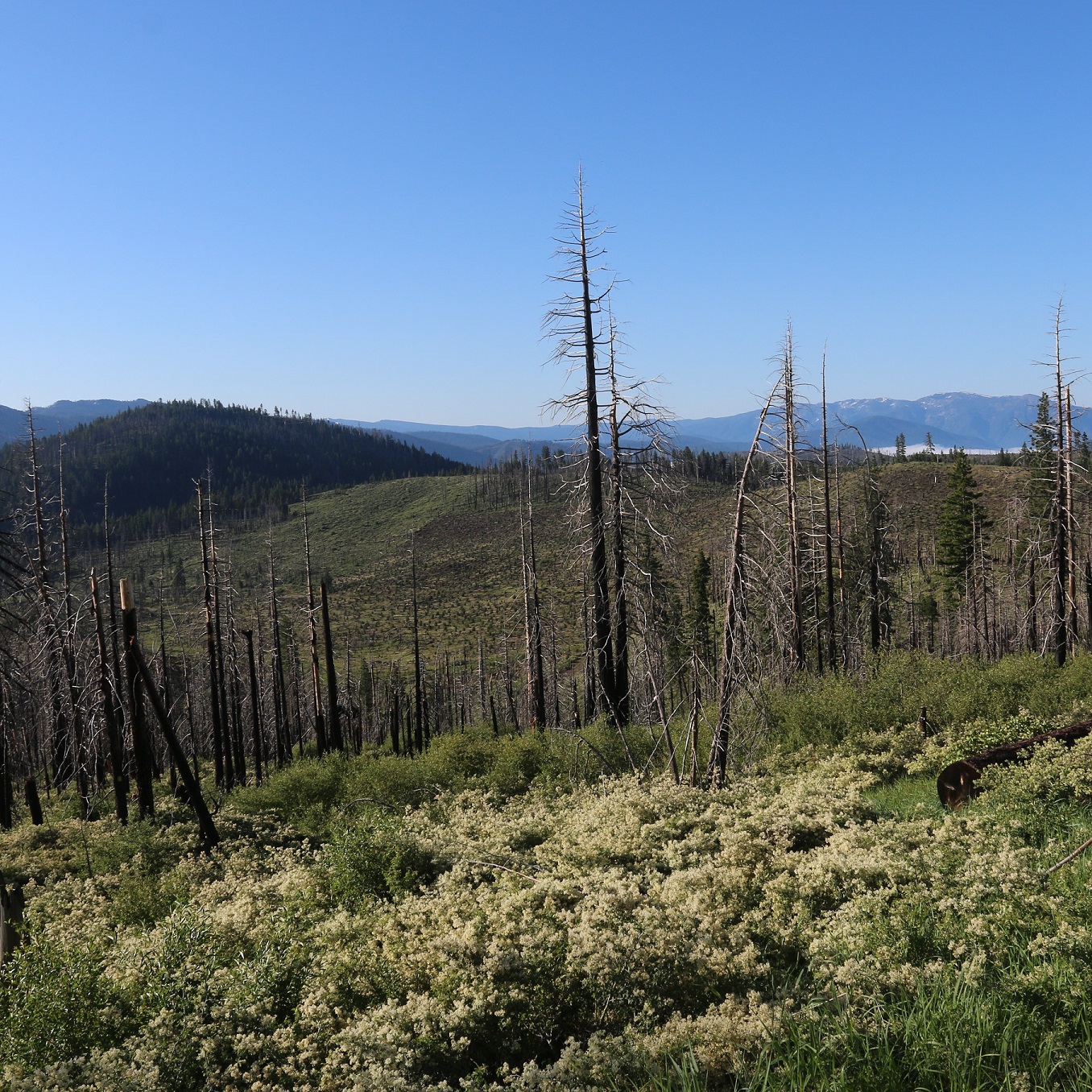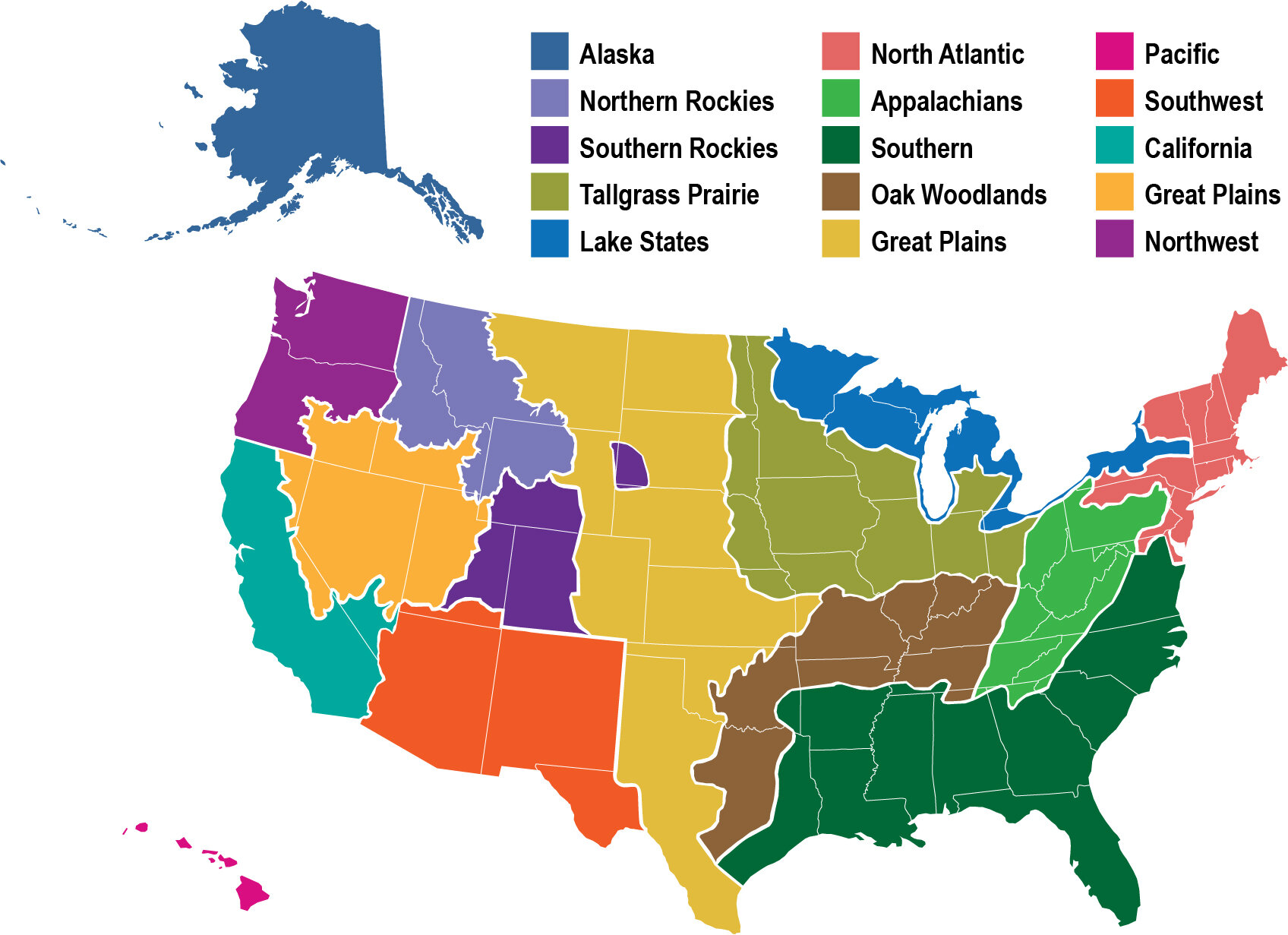Postdoc announcement: fire ecology, fuels measurement, and prescribed fire support
/Postdoctoral position: Development of 3-D Fuels for California and Application to Prescribed Fire Planning
Position in the lab of Dr. Hugh Safford, University of California, Davis
The Safford lab at UC Davis (https://safford.faculty.ucdavis.edu/) is recruiting a postdoctoral scholar to lead the field component of a two-year project focused on developing three-dimensional fuel models for California and a suite of related decision support tools for prescribed fire planners and implementers. The project is a collaboration between fire researchers, modelers, and prescribed fire experts at a number of research and fire management institutions, including UC San Diego, UC Berkeley, UC Davis, and CAL FIRE.

